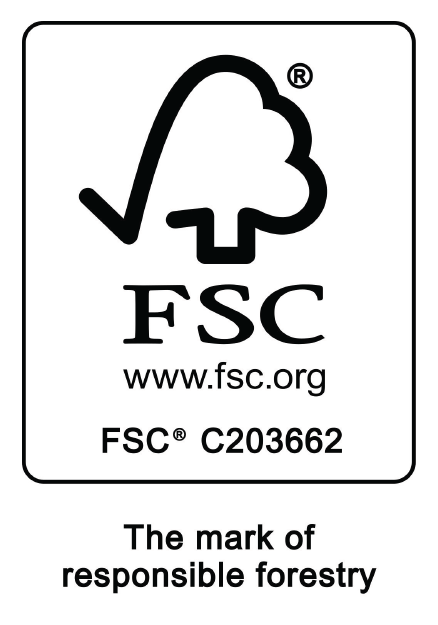West Africa Niangon
Common names: NIANGON, nyankom, whishmore, ogoue.
Botanical classification: Tarrietia utilis (1), T. densiflora (2), Fam. Sterculiaceae.
GENERAL
Main products: Sawn wood, veneer.
Natural attributes - structure - origins: Wood of medium (560 kg/m³ (1) and heavy weight (760 kg/m³ (2). Pale pink to reddish brown heartwood. Rough-textured with coarse pores, an interlocked grain and wavy design. Resin content creates a
greasy feel. Grows in West Africa.
Natural durability in time: The heartwood is a durable wood. The sapwood is attacked by the insect Lyctos.
Mechanical attributes: Hard and solid wood with medium flexural and crushing strength, with low percussion resistance and low modulus of elasticity.
Density: R (12-15%) = 1,09 gr/cm³
Crimping: Radial= 3.6 Tangential = 8.2
Modulus of elasticity: 11.160 N/mm²
Breaking measure: 137 N/mm²
WOOD PROPERTIES AND PROCESSING OPERATIONS
Drying behavior and stability after drying: Dries well and fairly rapidly. There is a small chance of end-splitting, surface checking and slight collapse. There is a moderate dimensional variability after drying.
Impregnation behavior: Extremely resistant to impregnation.
Bending behavior: Wood with medium flexural behavior when steam bending.
Working properties - tool blunting: Interlocked grain affects the machines and causes moderate dulling of cutters.
Nailing and screwing: Splits during nailing and therefore requires predrililng.
Gluing behavior: May require handling of the wood surface with a solution of caustic soda and ammonia before gluing to dissolve the resin on the surface.
Dyeing and finishing: Paints well, good finish after filling the pores with preparation material.
APPLICATIONS
Furniture, woodwork and general construction, heavy duty boat floors, shop fittings. Recommended for outdoor structures such as doors, framed houses, greenhouses, plywood,decorative veneer.









